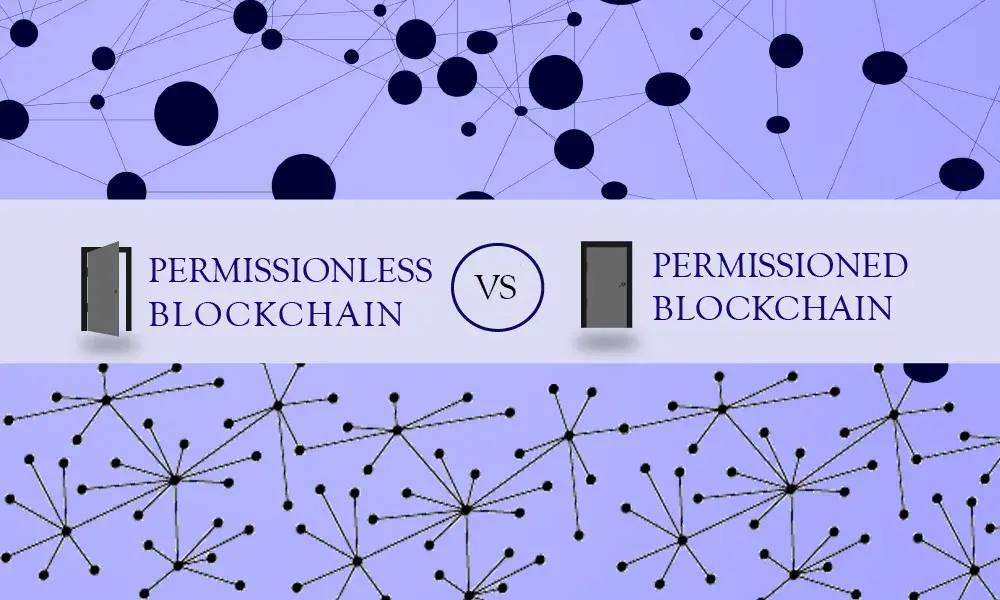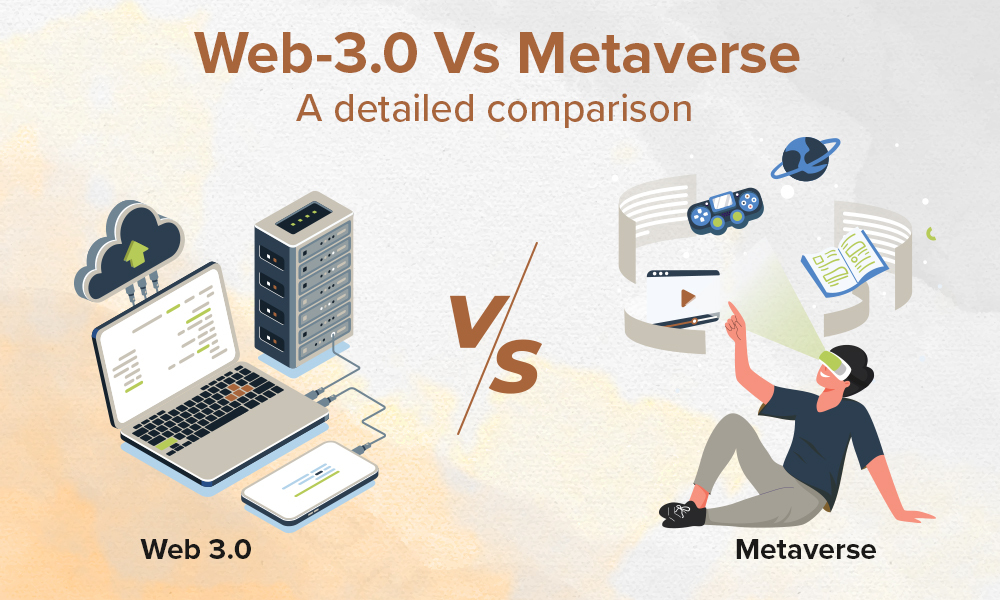Blockchain for years lay quietly in the shadows under the limelight of Bitcoin. However, as soon as the potential of the distributed ledger technology was recognized, the research and development to adopt blockchain begun. In the original use case, blockchain is defined as an immutable distributed ledger technology which ensures that the information is available to all and not controlled by a central authority. This type of blockchain was labelled as ‘permissionless blockchain’ as the information was distributed, and nobody needed approval or consent of an authority to access information. As the technology was gaining traction, more and more use cases began to emerge across industries.
Even though blockchain was proving to be revolutionary, sectors like supply chain, which wished to leverage the technology were not able to do. Why? Because the information which is supposed to remain between two parties was being transmitted to all. For e.g. a supplier offers x% discount to a buyer who has been associated with him for decades. The information when pushed to permissionless blockchain would be available to all and every buyer would demand the same discount. This would hamper the business of the supplier, he would not prefer to adopt blockchain for his business.
Blockchain as a technology had the capability to resolve major issues in many industries and was offering many benefits, still it was not being adopted for a simple reason that the right to information was available to all. The solution to this problem came with ‘permissioned blockchain’.
In Permissioned blockchains such as Hyperledger Fabric and Multichain participation is close-ended. While clients are allowed to submit transactions, adding transaction or advancing the blockchain is restricted to a fixed set of people whose identity is known to all in the system.
Let’s take a closer look at the differences between the two, and hopefully make your decision process a little easier. You can also have a look at the video below to have a better understanding about permissioned and permissionless blockchain.
Permissionless Blockchain
Public Blockchain is a type of blockchain that is entirely decentralized. As the name suggests, anyone can join the Permissionless blockchain without any condition or permission. All members have the right to perform all the actions including adding & validating transactions, smart contracts, and much more. Bitcoin, Ethereum, and Dash, are some of the examples of permissionless blockchains. Anyone has the right to determine the size and shape of the blockchain.
Permissioned Blockchain
Permissioned Blockchain, also known as Consortium Blockchain or Federated Blockchain, is a sort of private blockchain which allows participants to restrict the participation of other members. So, the autonomy is transferred from one in charge to more than one in charge. Only those predefined members have the right to manage certain actions at different levels. This means some participants have the right to make transactions while some have the authority to validate them. For example, Corda, and Quorum are permissioned blockchain.
The similarities between permissioned and permissionless blockchain
Permissioned and permissionless blockchain have many similarities:
- Both are unalterable digitally signed ledgers which are distributed through peer-to-peer network
- Both maintain ledgers which are updated through a protocol named as consensus.
- Both claim to maintain an immutable ledger
The differences between permissioned and permissionless blockchain
The difference between permissioned and permissionless blockchain comes from who has permission to participate in the network, execute the consensus mechanism and access the shared ledger. A permissionless blockchain offers open invitation to all participants to join the network. The network is basically run on ‘proof of work’ incentive mechanism.
One of the setbacks of the permissionless blockchain is that in order to reach consensus, every node in the network needs to solve a complex puzzle. For so many nodes to work, a lot of energy is utilized hampering the ecosystem of the world. Another disadvantage being that there is no privacy in the public blockchain as the information is available to all.
Which Type of Blockchain to Choose?
The main thing to understand is that different blockchains can be positioned differently and there is no strict line defining the placement of blockchain. The position in general is defined on the basis of number of validators and trust. Public, permissionless blockchain needs good scalability to fight against malicious participants. The lag comes with slow speed along with the need of tokens to incentivize miners to secure the network.
To address the issue of lag and energy consumption, ‘proof of stake’ as consensus mechanism has been introduced by permissionless blockchains like Ethereum. The new consensus mechanism increased the speed and the efficiency of the blockchain. Although issues like “nothing at stake” and “rich get even richer” have not been resolved with the new mechanism.
When it comes to highly confidential transaction, permissionless blockchains come into picture. Tokens are not necessarily created as participants in the network are known or pre-approved. Also, with known permissioned participants, the consensus is reached easily. Permissioned blockchains either use consensus mechanism like Paxos or RAFT.
Different businesses have different demands, and no solution resolves all the issues. Understanding the basics of the issue is vital when it comes to making a decision to adopt which kind of blockchain to adopt to resolve those issues.
If you’re still unsure about which blockchain type fits your business model best, or if blockchain is even the right technology for your business, feel free to discuss it with us. Send us an email or get in touch with us through social media.
Do connect with us next week when we unravel the mysteries of Hyperledger Fabric and how it is going to the change face of industries.




.jpg)
